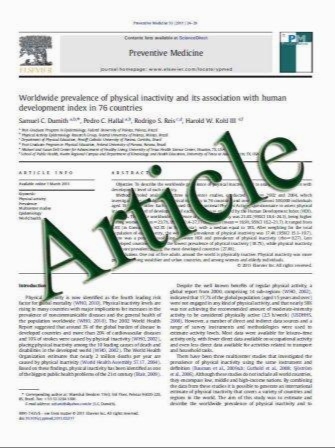Artificial total disc replacement versus fusion for the cervical spine: a systematic review
- نوع فایل : کتاب
- زبان : انگلیسی
- مؤلف : Ingrid Zechmeister • Roman Winkler • Philipp Mad
- چاپ و سال / کشور: 2010
Description
Cervical total disc replacement (CTDR) has been increasingly used as an alternative to fusion surgery in patients with pain or neurological symptoms in the cervical spine who do not respond to non-surgical treatment. A systematic literature review has been conducted to evaluate whether CTDR is more efficacious and safer than fusion or non-surgical treatment. Published evidence up to date is summarised qualitatively according to the GRADE methodology. After 2 years of follow-up, studies demonstrated statistically significant non-inferiority of CTDR versus fusion with respect to the composite outcome ‘overall success’. Single patient relevant endpoints such as pain, disability or quality of life improved in both groups with no superiority of CTDR. Both technologies showed similar complication rates. No evidence is available for the comparison between CTDR and non-surgical treatment. In the long run improvement of health outcomes seems to be similar in CTDR and fusion, however, the study quality is often severely limited. After both interventions, many patients still face problems. A difficulty per se is the correct diagnosis and indication for surgical interventions in the cervical spine. CTDR is no better than fusion in alleviating symptoms related to disc degeneration in the cervical spine. In the context of limited resources, a net cost comparison may be sensible. So far, CTDR is not recommended for routine use. As many trials are ongoing, reevaluation at a later date will be required. Future research needs to address the relative effectiveness between CTDR and conservative treatment.
Eur Spine J (2011) 20:177–184 DOI 10.1007/s00586-010-1583-7 Received: 6 May 2010 / Revised: 5 July 2010 / Accepted: 25 September 2010 / Published online: 10 October 2010


